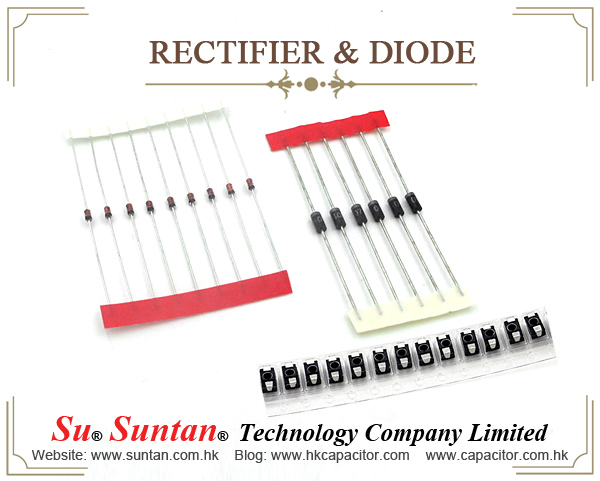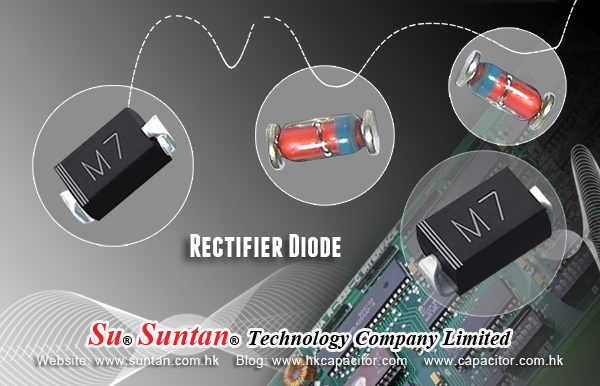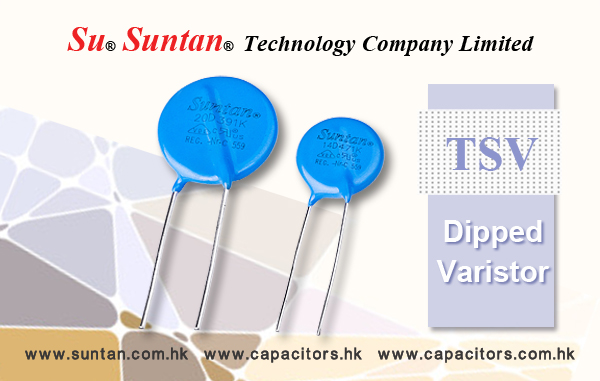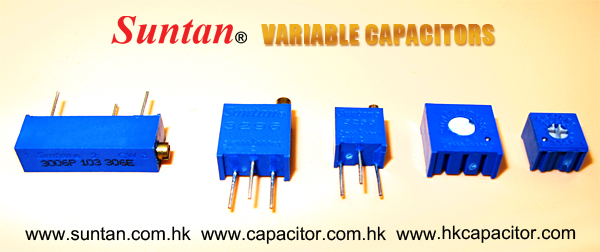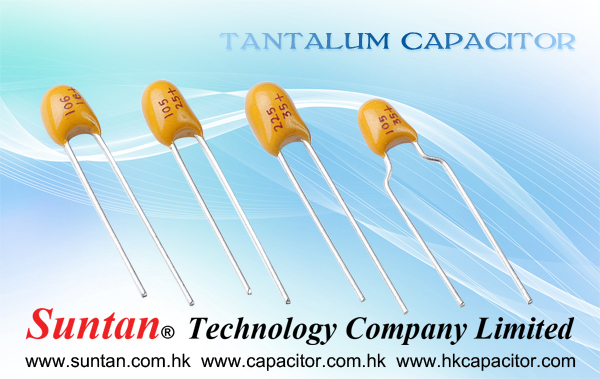Suntan Diodes are on Selling Now
---All Kinds of Capacitors
In order to meet the need of the market better, Suntan always focus on the development of new product. Recently new offer a series of diodes, which with good quality and competitive price.
The items listed as below. Our website will update this series of specifications soon. If you have further needs in these parts, welcome to check with us a prompt information by sales@suntan.com.hk.
| 1N4007 | SMAJ5.0CA~220CA |
| 1N4007 | SMBJ5.0CA~220CA |
| FR101-FR107 | SMAJ250CA~440CA |
| FR101-FR107 | SMBJ250CA~440CA |
| 1N4933-1N4937 | GS2A-GS2J |
| 1N4933-1N4937 | GS3A-GS3J |
| HER101/UF4001-HER108/UF4007 | GS3K-GS3M |
| HER101/UF4001-HER108/UF4007 | ES1A-ES1G |
| 1N5817-19 | ES3A-ES3J |
| 1N5817-19 | SS22A-SS26A |
| 1N5391-1N5399 | SS32A-SS36A |
| 1N5391-1N5399 | SS22-SS26 |
| 1N5400-1N5408 | SS32B-SS36B |
| 1N5400-1N5408 | SS52B-SS56B |
| 10A05-10A10 | SS32-SS36 |
| 10A05-10A10 | SS52-SS56 |
| RS1A-RS1M | MB10F |
| US1A-US1M | GS2K-GS2M |
| ES1A-ES1J | ES2A-ES2J |
| SS12-SS14 | |
